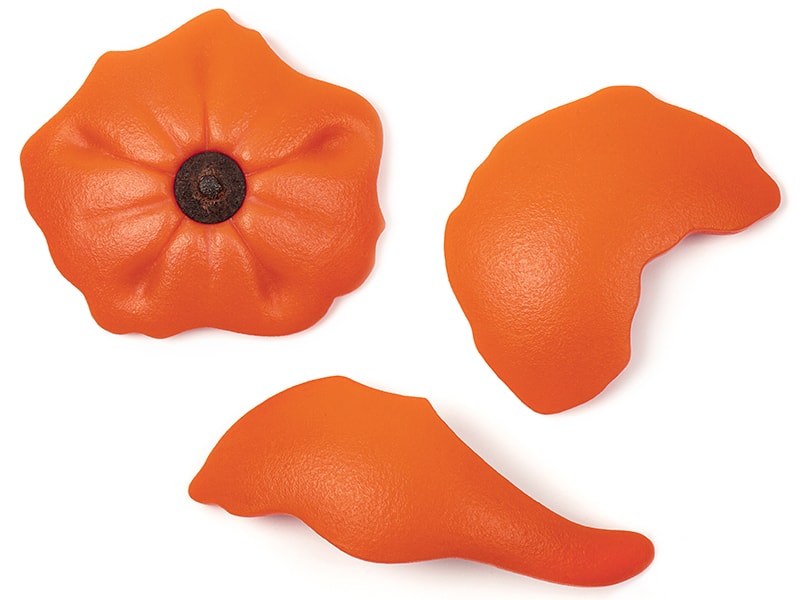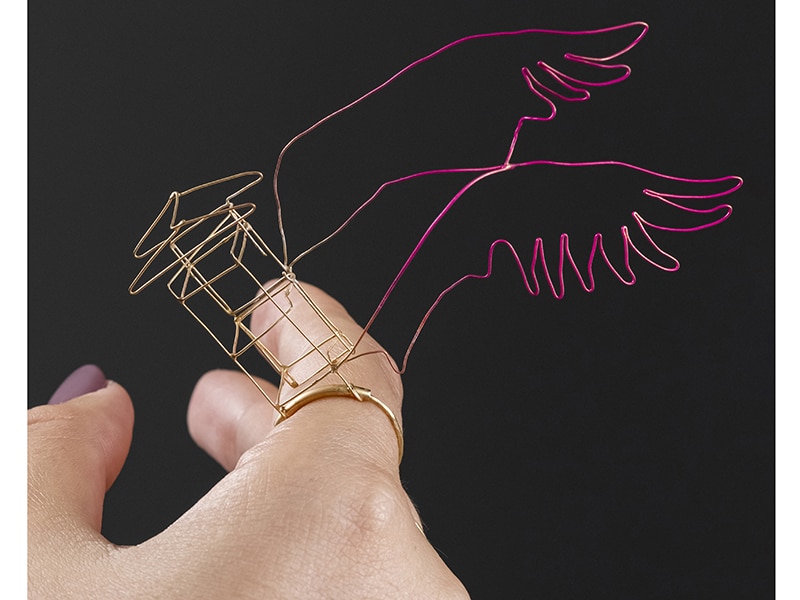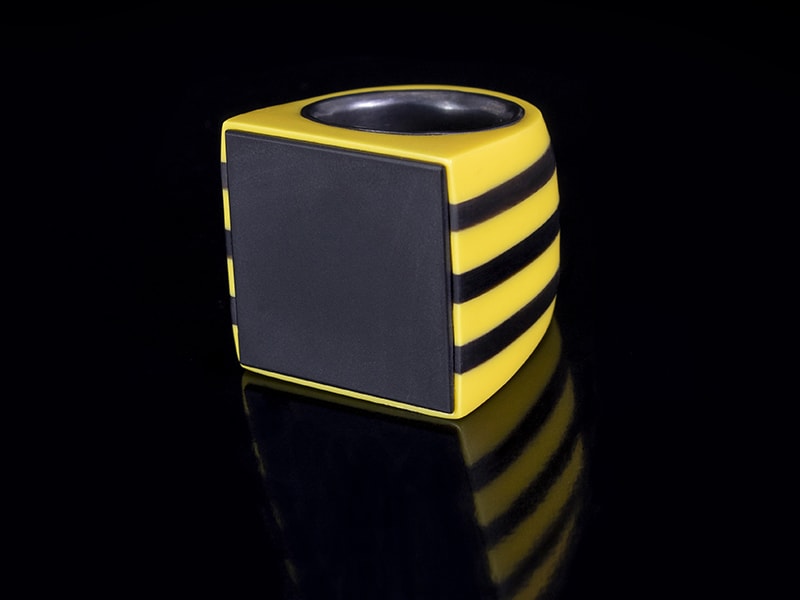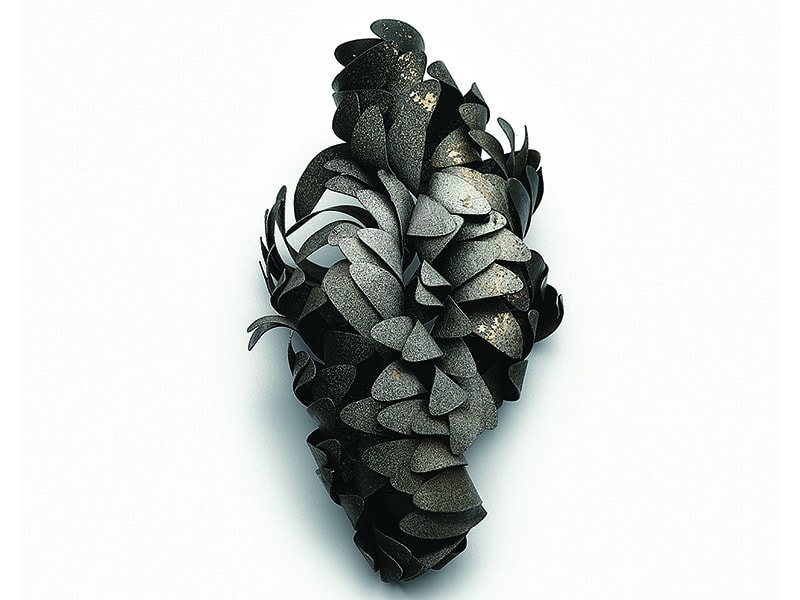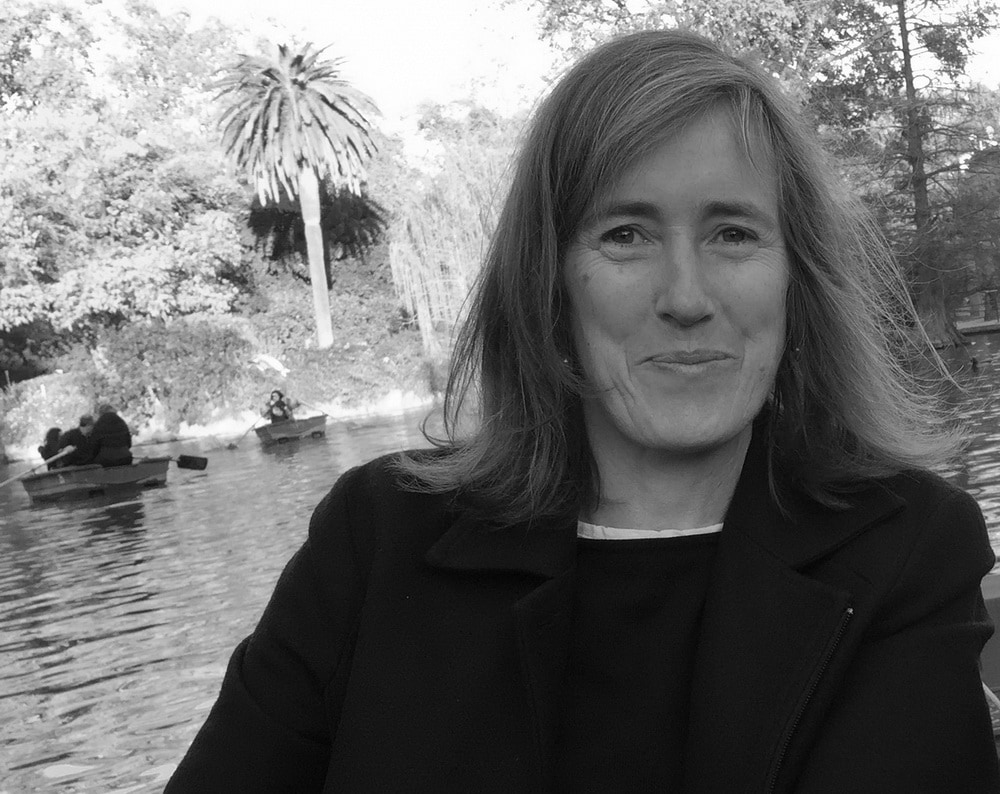
With the theme “Colorful Recovery,” the first Israel Biennale of Contemporary Jewelry will take place November 10–14, 2022. Its organizer and curator, Ariel Lavian, took some time from busy preparations to answer questions about his practice and career. Lavian is not just a respected jewelry maker, but a curator and educator, too. The tireless booster for the field of contemporary jewelry even designed the exhibition space for the upcoming event.
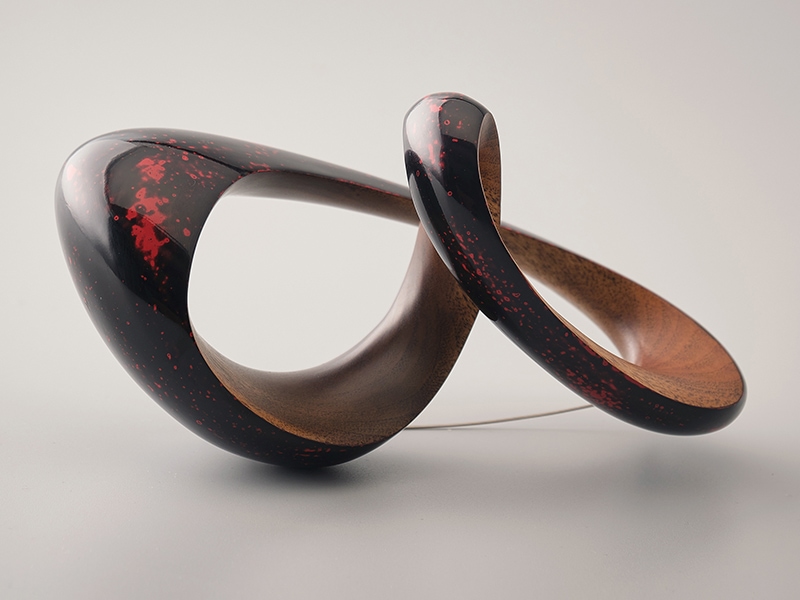
Vicki Mason: Tell us about your training in fashion, jewelry, and conceptual design. What key points from those studies stayed with you and still inform your work and practice?
Ariel Lavian: It seems so long ago, from another time, even though it hasn’t been that long. I have a bachelor’s degree in jewelry and fashion and a master’s in conceptual design (that is, about design). Both are from Bezalel. During my master’s degree, I learned the importance of research and in-depth study, either before a project or when learning a new technique.
But I feel that my professional practice development directly results from my totality. My wife tells me I don’t know when to stop or take a break. I work all the time. (Although saying “work” diminishes the meaning for me because it’s not something I have to do. It’s who I am.) You can’t separate me from what I do. I love being in the studio so much! There aren’t many things I’d rather do instead.
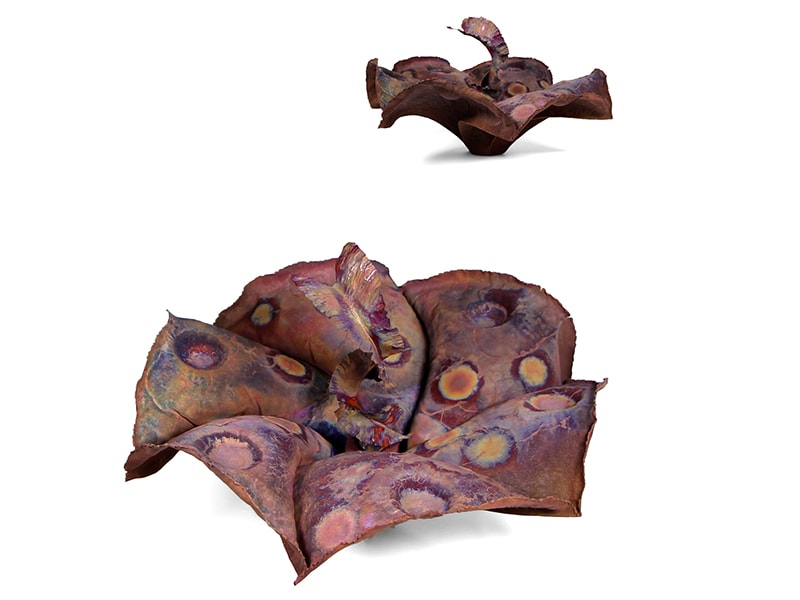
Why do you make jewelry? What about it do you find engaging and of value?
Ariel Lavian: Through jewelry as a form of expression, I succeed best at expressing my thoughts and opinions. I look at the jewelry-making process as a combination of psychologist and diary. Through my work, I digest life. There were times, not so long ago, when the act of hammering or just staying in my studio space calmed me down and kept me sane.
On the other hand, in my view, when one wears a piece of jewelry, that’s the first thing people will notice. The type of jewelry you wear, how you wear it, where you wear it, etc. It reveals many things about you and your opinions without using words.
You are an educator. What is your teaching approach? What do you hope your students take away from your workshops and classes?
Ariel Lavian: I love to teach! I especially love to see students who fall in love with the material or technique I teach and who have a passion for it. I treat my students like my own children. The best teaching is a personal example. I strive to be the best at what I do and expect the same from my students. I have a very hard time accepting laziness and mediocrity.
Students must respect the tools and the materials they work with. From a technical point of view, I am very strict with them. I expect excellent work and even demand it explicitly. The quality of the work is very important to me. With a hand on my heart, I feel that at the beginning of my journey, the jewelry I made was not good enough. Unfortunately, no one around me said it to my face. (Of course, you can say it pleasantly and politely, even if it is hard to hear.)
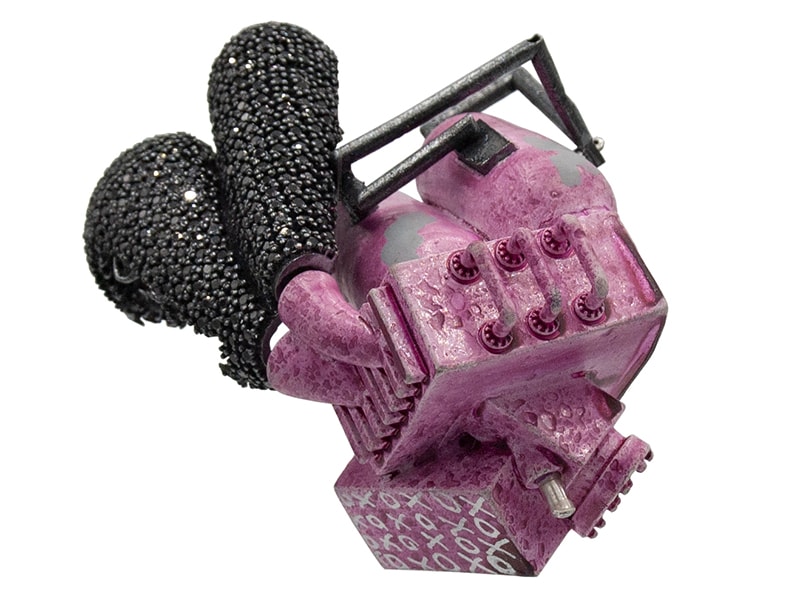
Congratulations on the upcoming Israel Biennale of Contemporary Jewelry! What prompted you to undertake the event?
Ariel Lavian: As a curator and jeweler, I am always thinking of ways to promote our field and introduce it to the public. I think that exhibitions are an excellent way to mediate between our field and the public. The idea for the Biennale has been in my head in one form or another for at least two years.
A few months ago, I had a very high fever for a few days. I didn’t get out of bed. I barely communicated. Between sleeping and waking, the idea took shape. It was the only thing I thought about. A few days later, when I got a little stronger, I started moving things in that direction. I sent emails, made phone calls. From there, like a snowball, it became a reality.
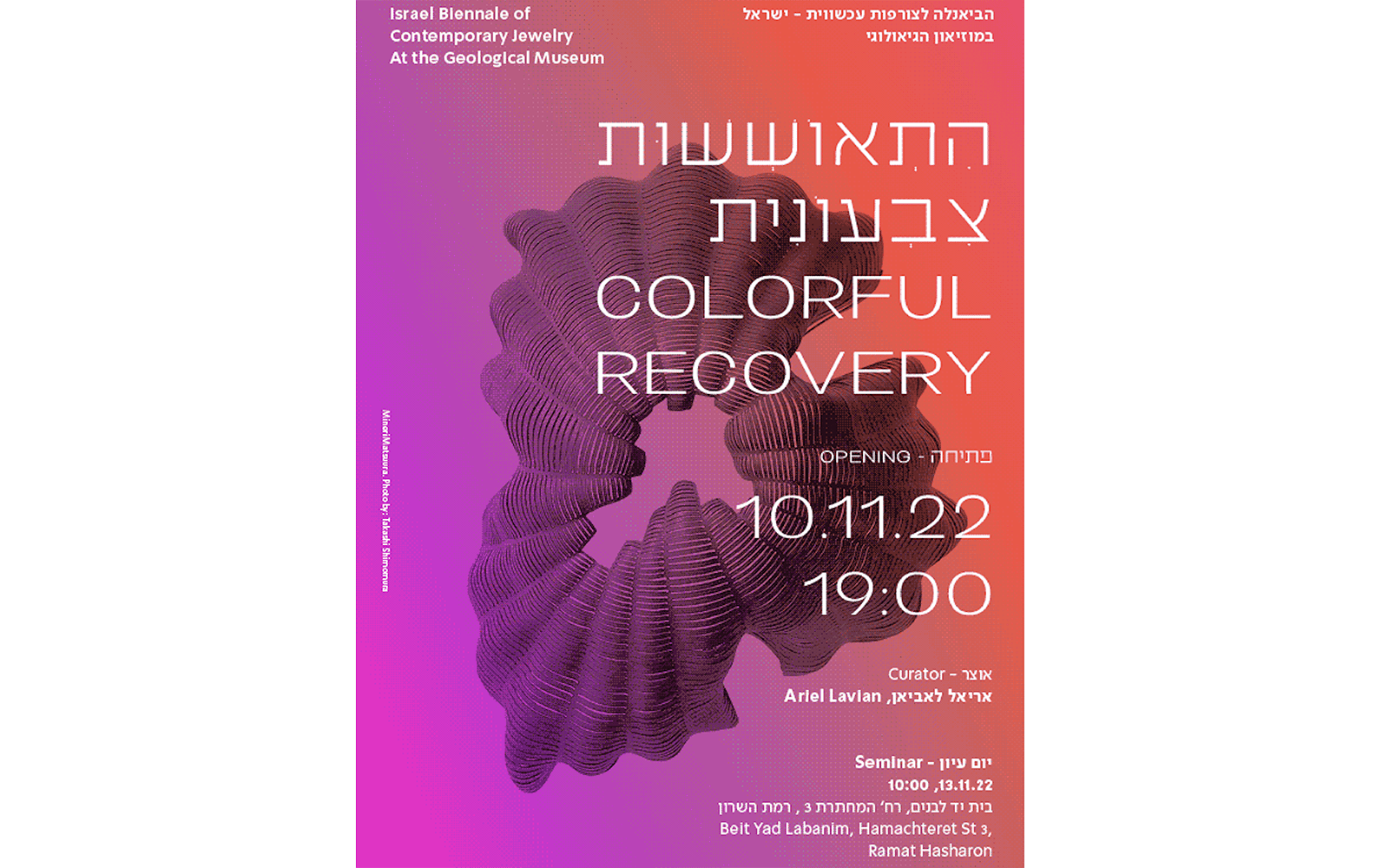 This is a great time to thank all the supporters of the Biennale, including AJF as a media supporter, but mainly the Geological Museum and its director, Rachel Sasporta, and the Ramat Hasharon Municipality. Without their support, the event would not have happened. I appreciate you very much! Thank you.
This is a great time to thank all the supporters of the Biennale, including AJF as a media supporter, but mainly the Geological Museum and its director, Rachel Sasporta, and the Ramat Hasharon Municipality. Without their support, the event would not have happened. I appreciate you very much! Thank you.
Tell us about the program.
Ariel Lavian: Since this is the event’s first edition, I decided to keep it pretty small. To my great joy, the Geological Museum generously allowed me to use its gallery space and is preparing another exhibition space especially for the Biennale. This will allow a separate exhibition space for participating artists and students.
The Biennale will officially start on Thursday, November 10, 2022, at 7 p.m. Israel time with a festive opening night. If you are in Israel, don’t miss it! On November 13, we will hold a seminar discussing color in jewelry, with several lectures on the subject. (A detailed schedule is on our website and Instagram page). We will have guided tours and a gallery talk.
Where do you see the biennial headed over time?
Ariel Lavian: I hope that in the future it will grow bigger and include more than one group exhibition, several solo exhibitions of selected artists, and a more extended seminar. I want it to be a celebration of contemporary jewelry. At the same time I’d like it to preserve the quality of the works on display, as is the case this time. But most of all, I hope that I will be able to obtain a bigger budget and funding so that, first and foremost, I can pay the participating artists. Unfortunately, this year I could not afford it since I financed a great part of the event out of my pocket.
What do you hope the Israeli audience and perhaps those new to the field (makers, designers, viewers, collectors, supporters, etc.) might take away from the biennial?
Ariel Lavian: I think that before the biennial is a jewelry exhibition, it is, first of all, an exhibition. It’s a place where people come to experience something. I hope they will enter the museum and smile and experience positive emotions, optimism, joy, and hope. As a second element, I hope that at least some of them will get closer to our field, get to know new artists, and become part of Israel’s relatively small community of contemporary jewelry. I hope that the word “jewel” will open to broader meanings naturally in the near future.
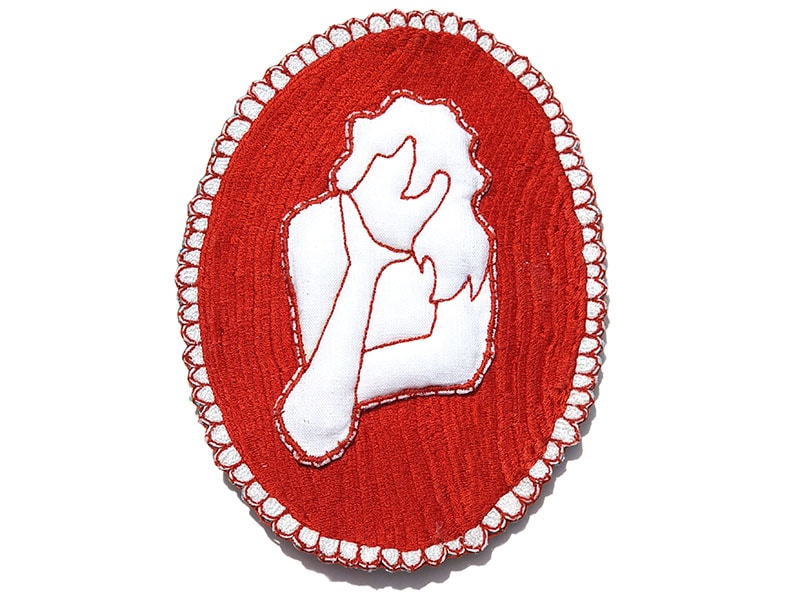
With the biennial’s theme, “Colourful Recovery,” you bring together two subjects. There is “color” and the idea of “recovery from the COVID-19 pandemic.” The panel of jurors selected 20 artists for the exhibition. Which works do you personally respond to, and why?
Ariel Lavian: This a difficult question. Rachel Sasporta, Nichka Marobin, and Chequita Nahar served as the judges. To my great joy, the artists chosen for the Biennale are all, in my opinion, presenting excellent works. It is difficult to put my finger on a specific piece because I have been designing the exhibition space for a long time. For me, they are one work, a single piece that tells a story. It’s a story of recovery, of overcoming, of hope.
What color are you always drawn to?
Ariel Lavian: Fuchsia pink is my favorite color.

Exhibition installation and display helps tell a curatorial story. What are you using to tell the “Colourful Recovery” story?
Ariel Lavian: I want to leave the design of the exhibition a surprise for those coming to the opening. But I can say that without a doubt they will see color, and much of it.
The pandemic upended our lives in so many ways. How did it affect your arts practice, work, and life?
Ariel Lavian: Briefly, I can say that, on the one hand, the experience was very stressful and unpleasant (at least in the beginning), especially with three small children at home. On the other hand, many of the artists and colleagues I spoke with during this period told me that the situation had utterly paralyzed them creatively. For me, the situation was exactly the opposite.
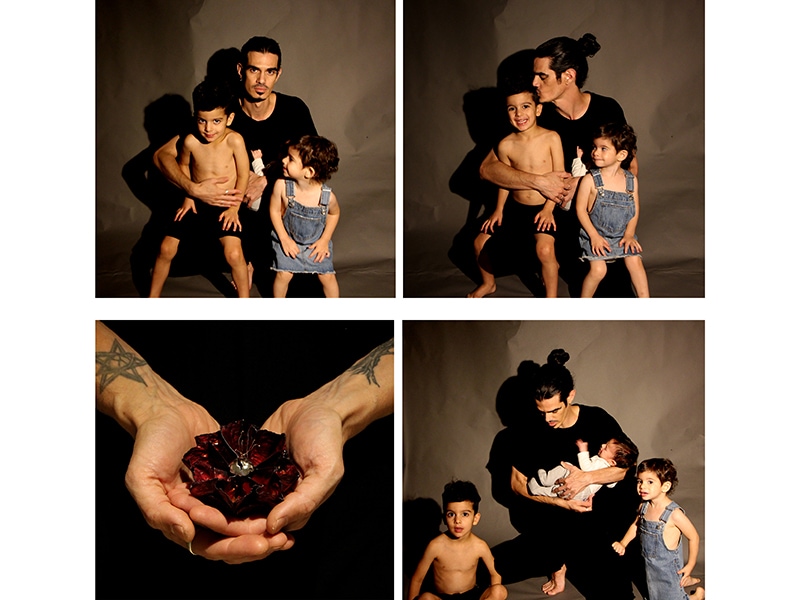
It gave birth to countless objects and jewelry, as well as a considerable number of exhibitions, including two of my solo exhibitions (Depth of Heaven) as well as the current biennial. In addition, it prompted a significant change in my professional career. It clarified the obvious for me. Life is short and there is no reason to stay where you are not appreciated enough. I now mostly do things that my inner fear tells me to avoid. I try not to give in to it, even though sometimes it’s very stressful, especially when you have a family to support.
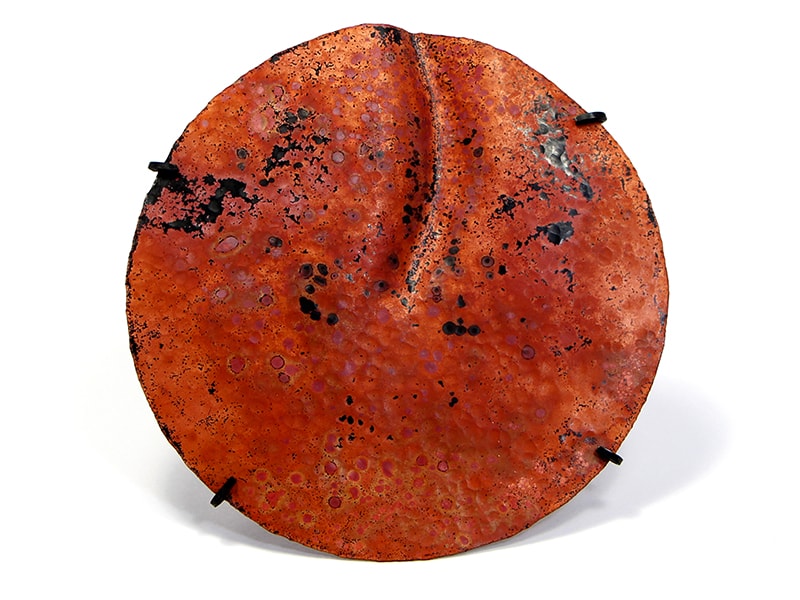
You are a creative person working as a maker, educator, and curator. Does your curatorial work feed into your own practice and work, or does it happen the other way around? Do your own research interests (conceptually, materially, and technically) lead you to a curatorial question or idea you feel other artists might also care to investigate?
Ariel Lavian: It’s a bit complicated. In most cases, I think of a topic that I’m interested in researching or exploring. Once I’ve decided that, I put on my curator hat and offer it to other artists. It satisfies my need. I then move on to another topic. That means I can’t work as an artist on a subject I proposed as a curator for an exhibition.
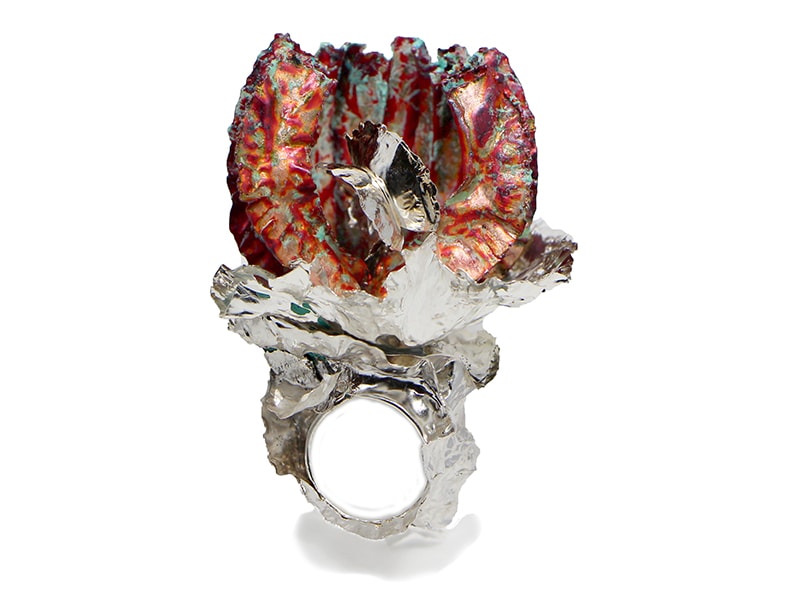
I read that you love to study jewelry techniques. What are you studying right now?
Ariel Lavian: Chasing and repoussé. I am teaching myself, using YouTube videos, but mainly practicing. I think this is the perfect study for me to feel the tool and the material. I feel like I’m at the very beginning. It’s fantastic! I can easily spend a whole night working without noticing time pass. The technique is so calm and meditative.
Do you have a favorite tool? I’m wondering if you have a much-loved hammer, given your love of fold forming and raising.
Ariel Lavian: I hope my Fretz hammers won’t get offended—LOL—but my favorite tool is a “simple” fold-forming hammer I bought at a flea market.
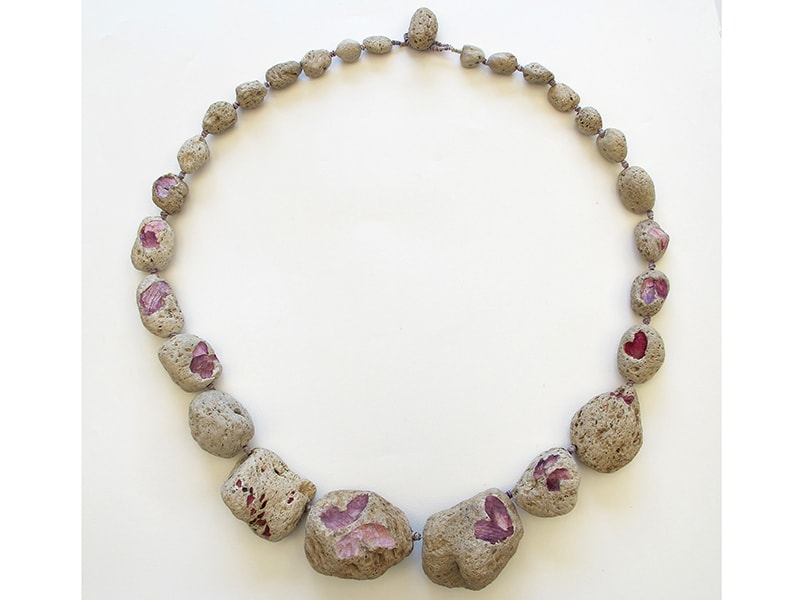
What one constant do you really value about the contemporary jewelry field? And what one thing would you most like to change?
Ariel Lavian: I’m really glad you asked these questions!
This worries me quite a bit, because I’m a little anxious about the future of the field. On the one hand, the field is relatively new, so there is a lot of room to innovate and explore, which is excellent. But contemporary jewelry is based, in its foundation, on classical jewelry techniques. We, as contemporary jewelers, allow ourselves greater freedom in choosing the materials and techniques we use. But still, we create jewelry. So there are still rules to be followed, a basic standard that I feel has been broken. Unfortunately, I think that the word “contemporary” is sometimes not correctly defined. Some makers use it as an excuse for doing less well, for laziness. We as jewelers, as colleagues, as curators, as collectors, and as a community must, really must, maintain high quality and say when we think it’s not good enough. I think it’s critical.


